 Spongiotic Dermatitis: Causes, Symptoms, and Treatment
Spongiotic Dermatitis: Causes, Symptoms, and TreatmentSpongiotic Dermatitis: Causes, Symptoms and Treatment What is Spongiotic Dermatitis? Dermatitis is inflammation of the skin. There are many types of dermatitis. For example, it occurs when your skin touches a chemical that irritates or causes a reaction. Atopic dermatitis, also known as , occurs due to problems in your immune system. Spongiotic dermatitis refers to dermatitis that involves fluid accumulation in the skin. This causes inflammation between skin cells. Spongiotic dermatitis is typically seen as red and spicy areas. It can occur anywhere in the body, in one place or very widespread. Spongiotic dermatitis is a general term that can be seen in many different skin conditions. It is often associated with eczema and other related types of dermatitis. Doctors usually diagnose sponge dermatitis by taking a sample of the skin called a . If you come in to have an eruption, skin irritation, or other skin condition out of control, your doctor may perform a biopsy. Spongiotic dermatitis can be a characteristic of eczema, , and other allergic skin reactions. Some causes of spongy dermatitis include: Symptoms that may mean that you have spongiotic dermatitis include: Spongiotic dermatitis may also affect babies with contact dermatitis. In rare cases, spongy dermatitis may indicate a type of skin cancer known as skin. Your doctor may check for spongiotic dermatitis and other factors in a skin biopsy. Treatment for sponge dermatitis depends on the cause and symptoms of your dermatitis. Your doctor may suggest a combination of medications and treatments at home to relieve your symptoms and treat the cause of dermatitis. If you have eczema, your doctor may recommend: If you have seborreic dermatitis, which often affects your face, back, and chest, your doctor may recommend: Your doctor may also suggest another biopsy or more tests. This can help you get more information if you think your sponge dermatitis indicates a more serious condition, such as cancer. Risk factors for sponge dermatitis are similar to those of other related conditions. These factors include: Certain types of dermatitis, such as atopic dermatitis, often occur early in childhood. Spongiotic dermatitis is a way that dermatitis develops instead of a specific type of dermatitis. Because of this, your doctor needs to take certain steps to indicate the difference between sponge dermatitis and other types of dermatitis. Your doctor may be able to diagnose you simply by examining the appearance of your skin. But, a skin biopsy can provide a more accurate diagnosis of sponge tissue in its dermatitis. Biopsy In a biopsy, your doctor will remove a small sample of your skin to send to a laboratory. Your doctor will take a skin biopsy in one of three ways: Laboratory technicians will check the sample under a microscope. The results of your skin biopsy may take a few days to a few weeks to return, depending on the laboratory. The results may take even longer if your doctor orders spots or special studies on the skin sample. These results can take as long as a few months. Biopsy Results Your doctor will analyze the results of the biopsy to determine if your dermatitis tissue is spongiotic. They will examine the tissue for the accumulation of fluid, called edema, and for the degree of spongiosis. If you have eczema-related sponge dermatitis, your doctor may also determine what type of eczematous dermatitis you have. Patch Test Your doctor may also give you a patch test if you think you are having a contact dermatitis reaction. In this test, your doctor puts a small amount of substance you think you are reacting under a sticky patch on your skin. When you return for follow-up, your doctor will check your skin under the patch to see if you have had an allergic reaction. This test can help determine if that substance is causing your dermatitis. Your doctor may repeat this test with several substances to see what might be allergic to. In many cases, spongy dermatitis is a minor skin irritation. It can often be treated at home with creams and home remedies. Dermatitis is not contagious, so you don't need to worry about spreading it to your friends, family or other people you interact with. Sometimes, in chronic cases, itching and irritation may be upset enough to interrupt your life. You can interrupt your dream or make you feel aware of your skin. If this happens, talk to your doctor about a treatment plan that works for you. Last medical review on December 3, 2018Read this following
DermatopathologyDigestive approach to eosinophilic spongiosis,RestractOsteosinophilic spongiosis is a histological characteristic shared by some different inflammatory disorders, and is characterized by the presence of intraepideral eosinophilics associated with spongiosis. Often, isolated eosinophilic spongiosis indicates the early stages of an autoimmune underlying thoracic dermatosis, such as the pemphigus group and the pemphigoid bulls. In this regard, the main causes of eosinophilic spongiosis are examined, as well as the complementary research needed to clarify their etiology. Palabras claveHow to cite this article: Morais KL, Miyamoto D, Maruta CW, Aoki V. Diagnostic approach to eosinophilic spongiosis. A Dermatol Bras. 2019;94:724-8.Study carried out in the Department of Dermatology, Hospital das Clínicas, Faculdade de Medicina, Universidade de São Paulo, São Paulo, SP, Brazil. Recommended articles Cite articles Metrics of the article We use cookies to help provide and improve our service and personalized content and ads. By continuing to accept . Copyright © 2021 Elsevier B.V. or its licensors or collaborators. Direct Science ® is a registered trademark of Elsevier B.V.ScienceDirect ® is a registered trademark of Elsevier B.V.

Spongiotic Dermatitis: Causes, Symptoms, and Treatment
Spongiotic Dermatitis: Causes, Symptoms, and Treatment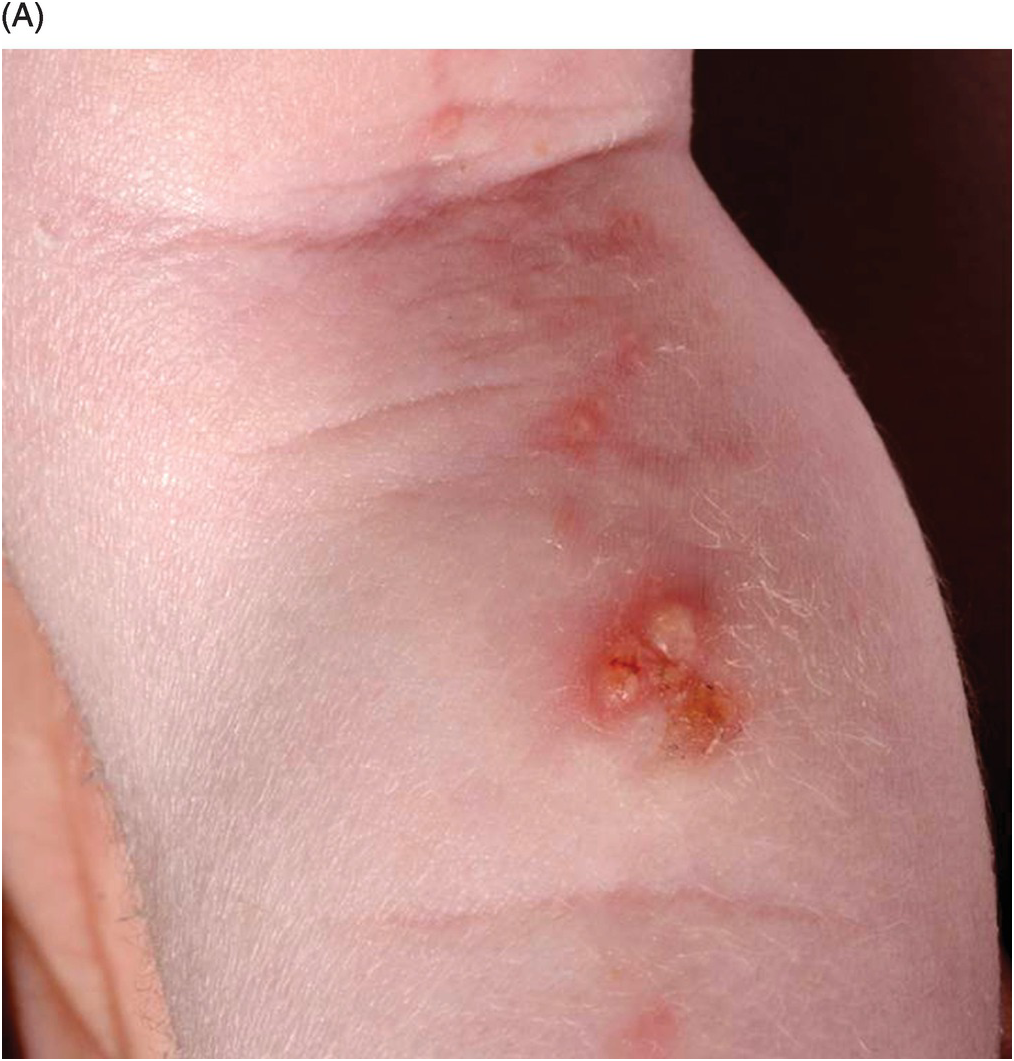
Spongiotic Dermatitis (Chapter 2) - Pearls and Pitfalls in Inflammatory Dermatopathology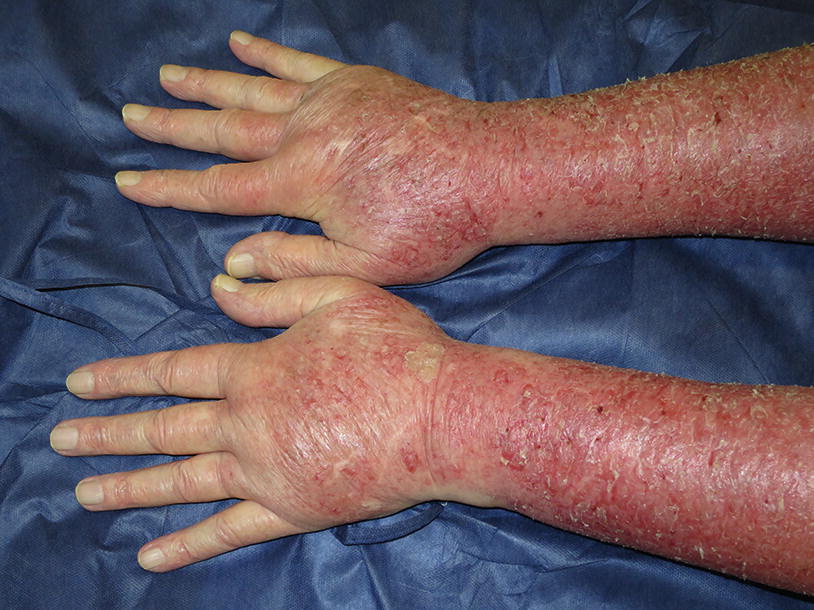
Spongiotic and Psoriasiform Dermatitis | SpringerLink
Spongiotic (Eczematous) Dermatitis Catherine Barry, D.O. Dermatopathologist
Spongiotic Dermatitis: Causes, Symptoms, and Treatment
Diagnostic approach of eosinophilic spongiosis - ScienceDirect
A, Subacute spongiotic dermatitis with focal parakeratosis and... | Download Scientific Diagram
Spongiotic Dermatitis (Chapter 2) - Pearls and Pitfalls in Inflammatory Dermatopathology
Dermatopathology Made Simple - Inflammatory: Spongiotic Reaction Pattern
Spongiotic Dermatitis - Health Take Off
Article on: Spongiotic dermatitis | Standard of Care
a, b Skin biopsy showing spongiotic dermatitis with perivascular... | Download Scientific Diagram
Spongiotic and Psoriasiform Dermatitis | SpringerLink
Dermatopathology Made Simple - Inflammatory: Spongiotic Reaction Pattern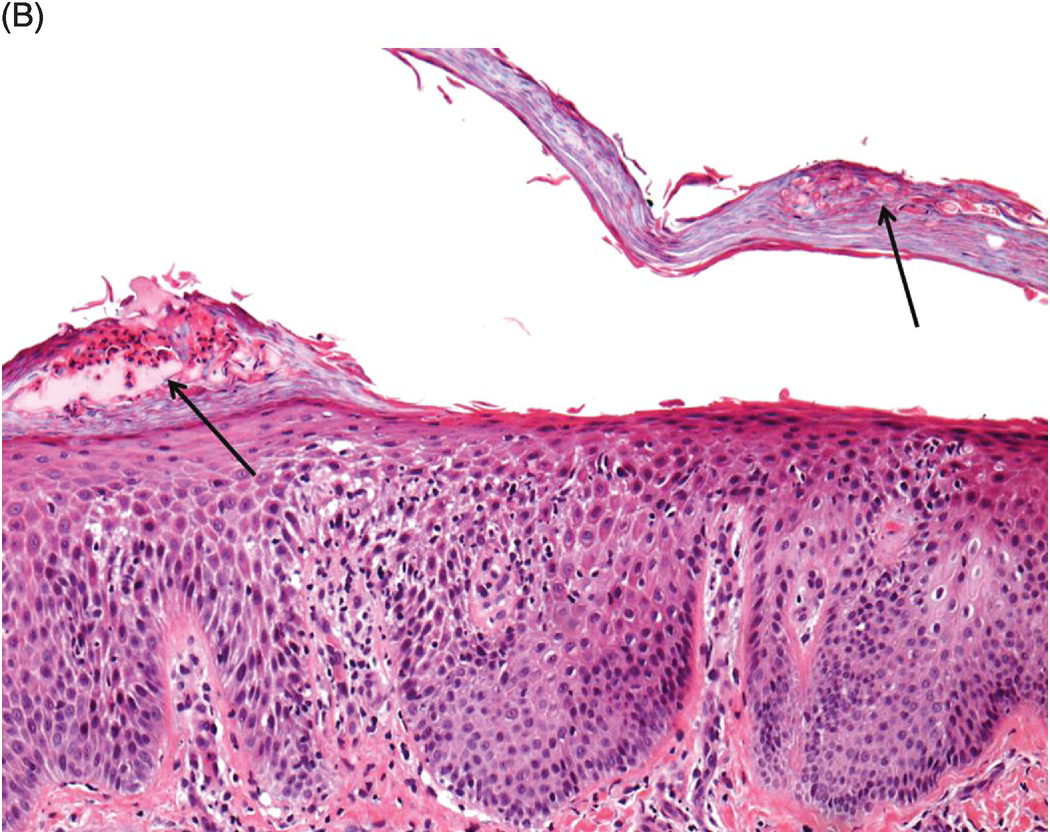
Spongiotic Dermatitis (Chapter 2) - Pearls and Pitfalls in Inflammatory Dermatopathology
Spongiosis Spongiosis Dermatitis with 'Spongiosis' Dermatitis with ...
Could eczema herpeticum show up as spongiotic dermatitis with eosinophils in a skin punch? : Dermatology
Epidermal histological alteration in psoriasiform dermatitis | Download Table
Spongiosis - Wikipedia
Spongiotic (Eczematous) Dermatitis Catherine Barry, D.O. Dermatopathologist
Final version histologic intepretation of bxs for dermatitis
Spongiotic Dermatitis | Plastic Surgery Key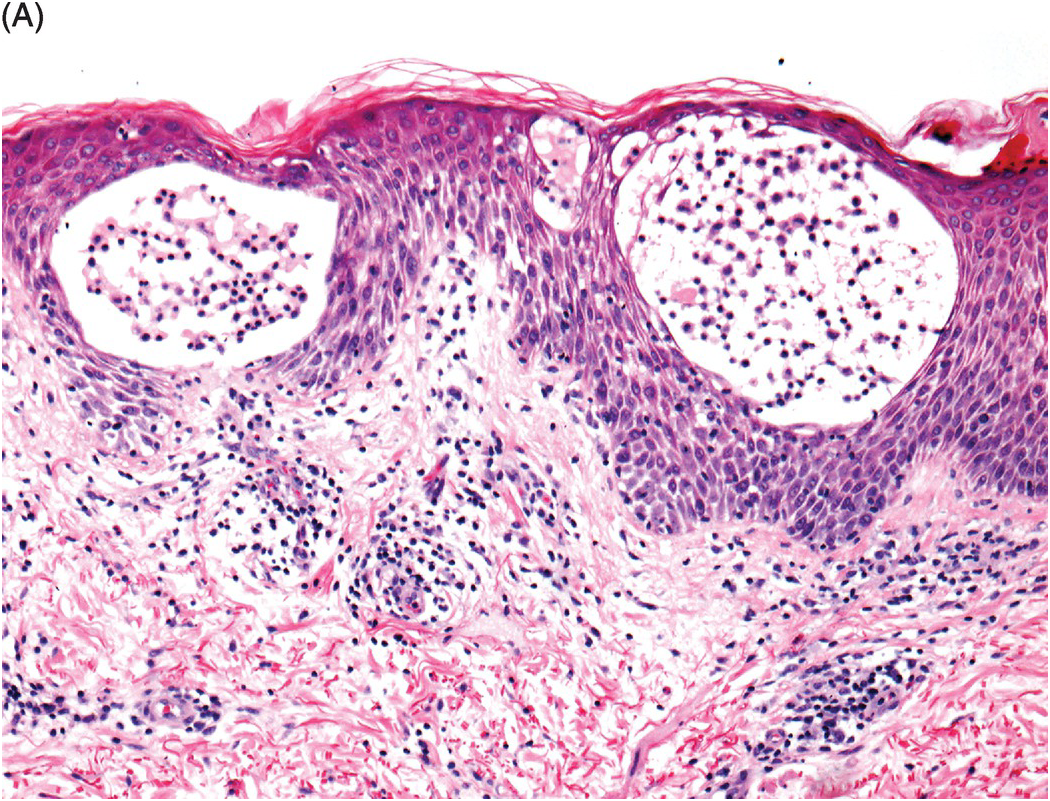
Spongiotic Dermatitis (Chapter 2) - Pearls and Pitfalls in Inflammatory Dermatopathology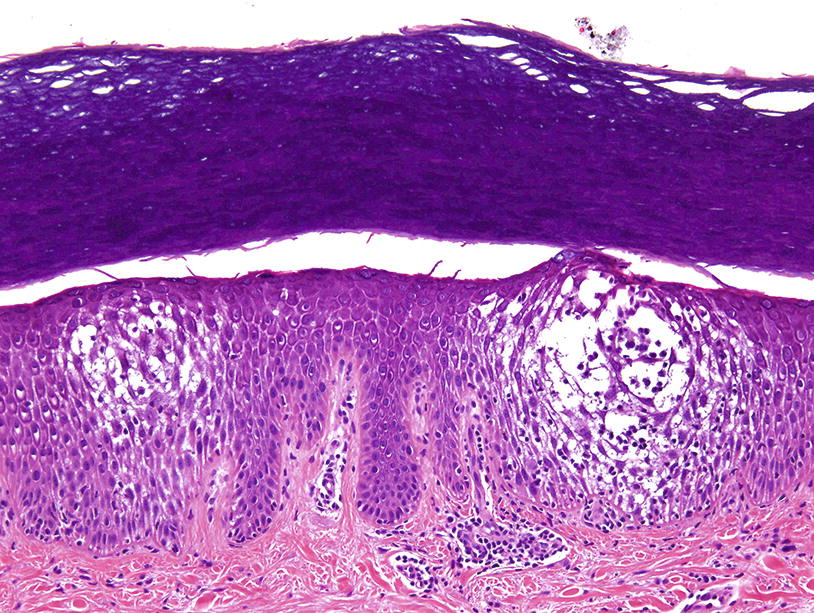
Spongiotic and Psoriasiform Dermatitis | SpringerLink
Final version histologic intepretation of bxs for dermatitis
Spongiotic Dermatitis: Symptoms, Treatment & Prevention
Spongiotic (Eczematous) Dermatitis Catherine Barry, D.O. Dermatopathologist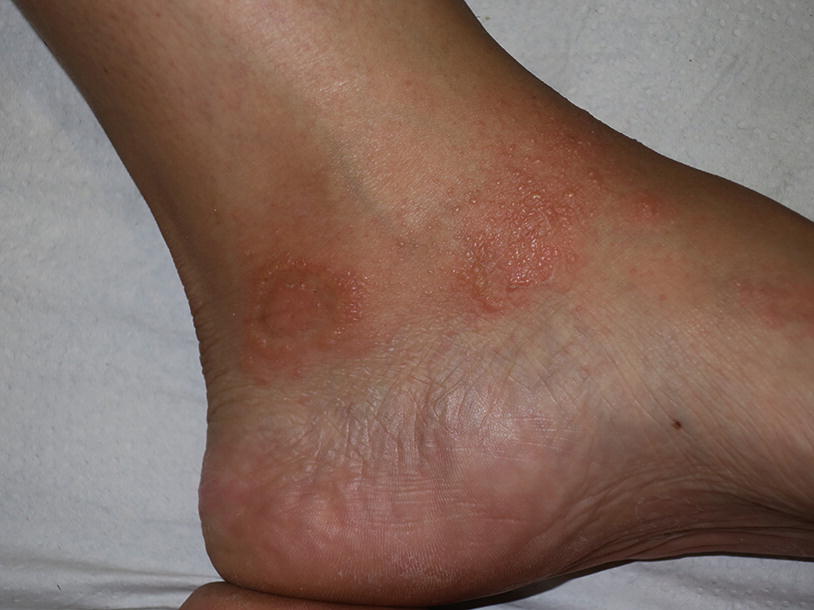
Spongiotic and Psoriasiform Dermatitis | SpringerLink
Spongiotic Dermatitis and Its types Well Explained Ultimate 2020 | Community Pharmacies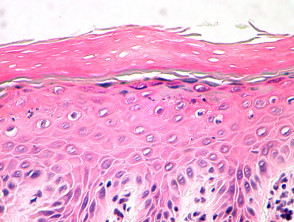
Eczema pathology | DermNet NZ
Spongiotic Reaction Pattern - Dermatopathology - Dr Sampurna Roy MD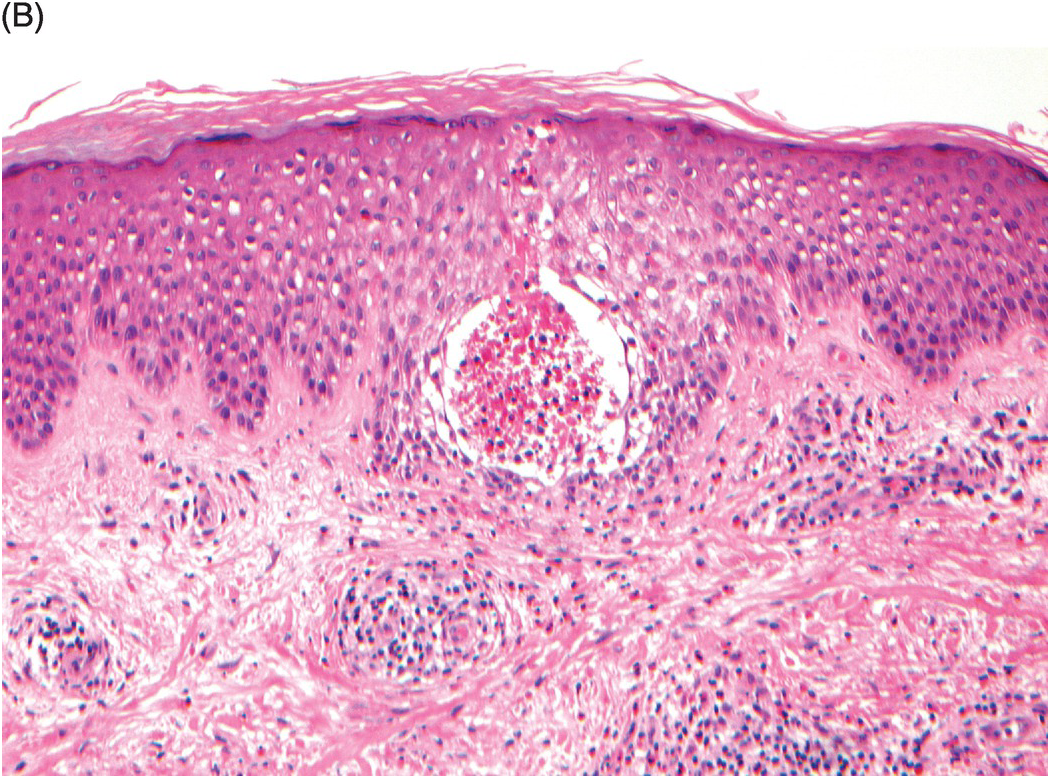
Spongiotic Dermatitis (Chapter 2) - Pearls and Pitfalls in Inflammatory Dermatopathology
Common and critical inflammatory dermatoses every pathologist should know | Modern Pathology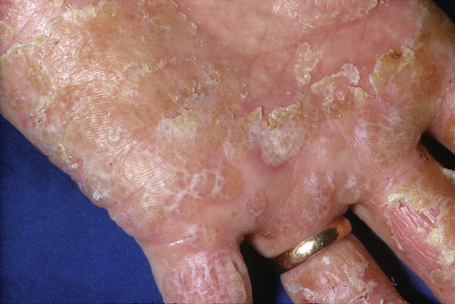
Spongiotic, psoriasiform and pustular dermatoses | Basicmedical Key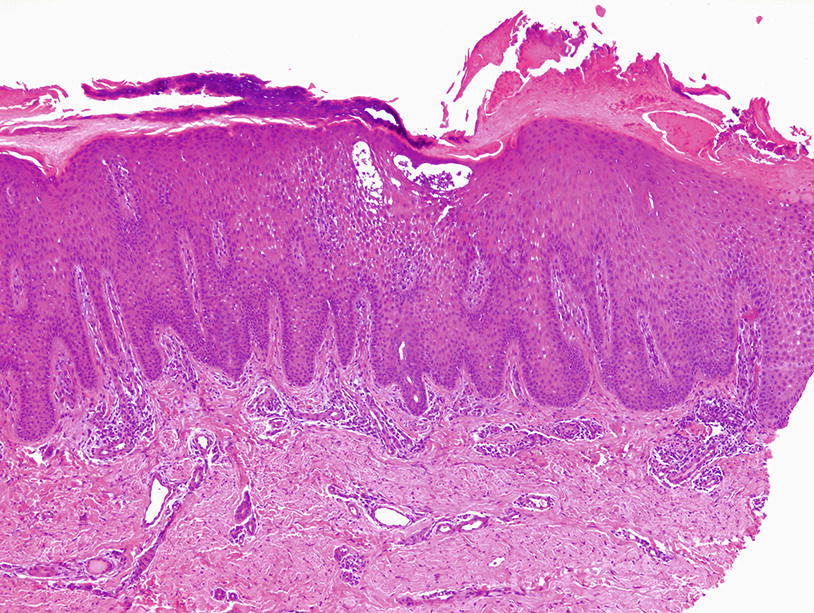
Spongiotic and Psoriasiform Dermatitis | SpringerLink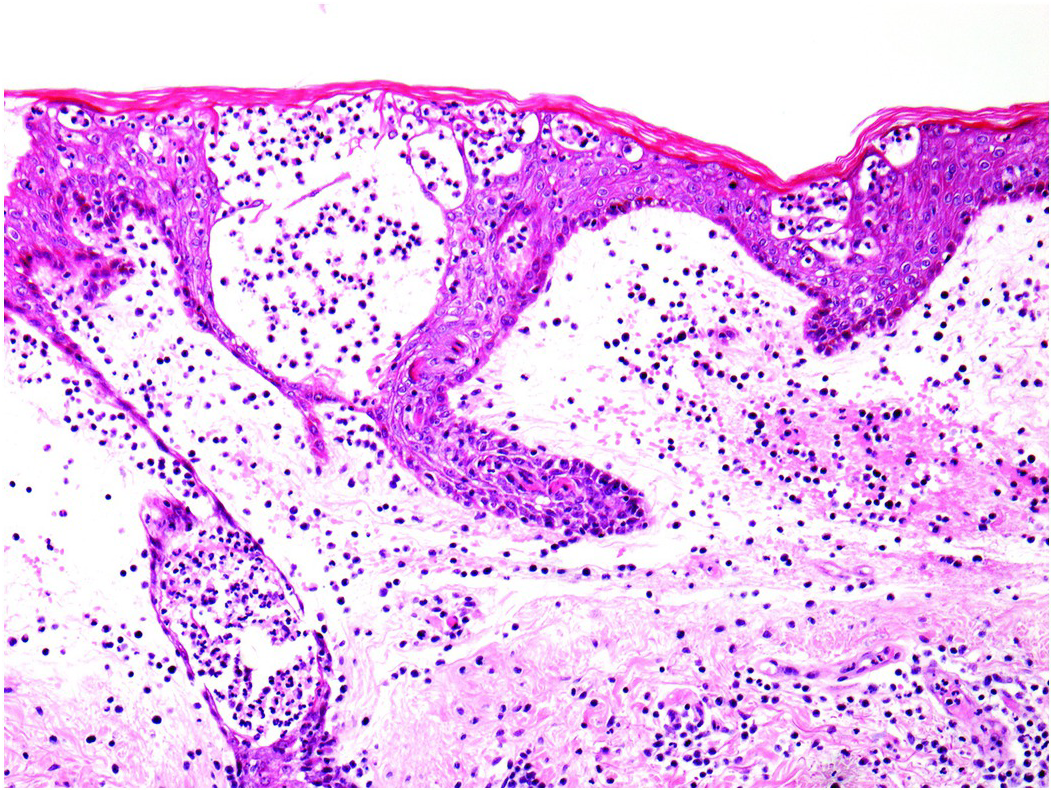
Spongiotic Dermatitis (Chapter 2) - Pearls and Pitfalls in Inflammatory Dermatopathology
Diagnostic approach of eosinophilic spongiosis,
epathologies Observation
Cureus | Clinical Psoriasiform Dermatitis Following Dupilumab Use for Autoeczematization Secondary to Chronic Stasis Dermatitis
 Spongiotic Dermatitis: Causes, Symptoms, and Treatment
Spongiotic Dermatitis: Causes, Symptoms, and Treatment






























Posting Komentar untuk "spongiotic dermatitis with eosinophils"